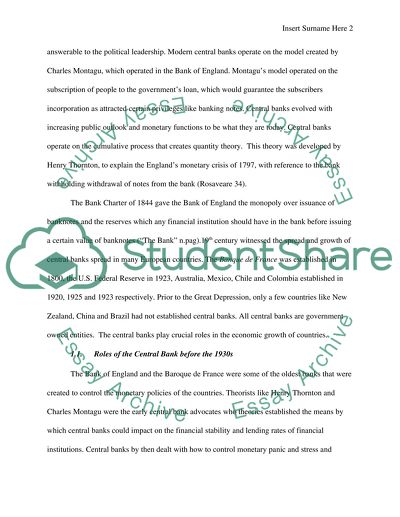Cite this document
(“Discuss the key roles of the central bank in an economy. Should Essay”, n.d.)
Discuss the key roles of the central bank in an economy. Should Essay. Retrieved from https://studentshare.org/marketing/1635573-discuss-the-key-roles-of-the-central-bank-in-an-economy-should-central-banks-be-independent
Discuss the key roles of the central bank in an economy. Should Essay. Retrieved from https://studentshare.org/marketing/1635573-discuss-the-key-roles-of-the-central-bank-in-an-economy-should-central-banks-be-independent
(Discuss the Key Roles of the Central Bank in an Economy. Should Essay)
Discuss the Key Roles of the Central Bank in an Economy. Should Essay. https://studentshare.org/marketing/1635573-discuss-the-key-roles-of-the-central-bank-in-an-economy-should-central-banks-be-independent.
Discuss the Key Roles of the Central Bank in an Economy. Should Essay. https://studentshare.org/marketing/1635573-discuss-the-key-roles-of-the-central-bank-in-an-economy-should-central-banks-be-independent.
“Discuss the Key Roles of the Central Bank in an Economy. Should Essay”, n.d. https://studentshare.org/marketing/1635573-discuss-the-key-roles-of-the-central-bank-in-an-economy-should-central-banks-be-independent.


